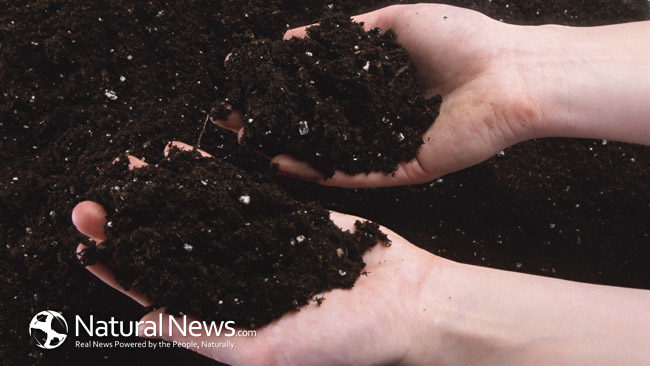Whether you have a large yard and lots of gardening experience, or you are a gardening novice living in an apartment, the satisfaction of composting is available to you. With a bit of planning, a simple set up of the right composting system, and minimal effort, your organic waste can be diverted from the landfill and turned into a valuable resource, rich soil.
Apartment Dwellers – Indoor Composting Systems
I was raised as an avid composter, so I have never felt comfortable throwing away organic waste, knowing how valuable a resource that waste can become. I have also been an apartment dweller. These seemingly two incompatible positions has led me to explore the world of vermicomposting, that is, composting with worms. Vermicomposting can be done indoors, in small spaces, with no odour and little effort. The finished compost, called worm castings, becomes a great fertilizer for any plant, including houseplants.
There are many commercial vermicomposting bins available. Most feature stackable trays and a drainage spout to harvest any extra liquids that are produced. Check out the wide variety available here.
For a More affordable option, you can make a worm bin yourself. I had great success making my own bin. I used two large plastic containers with lids and drilled some air holes in the top and drainage holes in the bottom of one bin. I placed the drilled bin inside the untouched bin and it was ready for the worms.
Vermicomposting takes a bit more maintenance than an outdoor composter since mistakes can lead to dead worms or bad odours in your house, but it is still very easy. In a way, it is much like taking care of a low maintenance pet such as a goldfish. It is important to monitor the conditions in the box so it is not too wet or dry, and you have to periodically clean out the worm castings (1). Since you will be adding organic matter to the bin every few days, monitoring the bin should naturally be part of this process. For detailed instructions on bin set up and care look here.
Small Yards – Compact Odour Free Composting Systems
In small yards, it becomes difficult to tuck the composter into an unseen corner of the yard. Because of the increased visibility and proximity to people of the composting system in a small yard, attractiveness and odour control become much more important than in large yards.
There are many store bought bins that provide a compact composting system that looks good and is very closed in, keeping your compost discreet. Check out a variety of bins here.
There are also many options to build a small bin with simple materials from the hardware store. Using wooden planks to make a small bin is a great solution that also looks great. Homemade bins can have all the benefits of a store bought plastic one, and usually looks better too. Here is a simple design that is great for small yards, very attractive and functional.
Odour control of the composter comes more from the proper management of the compost heap than from the actual bin structure. Having a contained bin helps a bit, but a properly layered bin should have very little odour anyway. Mix green waste (kitchen scraps, grass clippings, garden waste) with brown waste (dried leaves, cardboard, dried plant matter) at about a one to four ratio. Odours often occur from too much green waste, so keeping a bag of dried leaves around, collected from the previous fall, ensures you always have enough brown waste on hand to keep the proper balance. (2)
Odours can also happen from lack of air flow. Turning the compost, poking holes in the pile, adding an occasional layer of sticks, and avoiding compacting the pile are all effective ways to ensure proper air flow. (3)
The Causal Composter – Relaxed Composting System
Composting can be made very complicated, but it doesn’t need to be. Nature is well equipped to break down organic matter with only a few very basic requirements being met. Trust in the bacteria and insects, is all that is really needed to have beautiful black gold come from your composter.
Keeping the very basics loosely in mind will be enough to have a successful compost heap. Focus on adding both green and brown waste and not letting the pile get sopping wet or bone dry and you should be fine. Even if either of these basics falter for a bit, your pile will be fine. It is almost impossible to mess up bad enough to stop the insects and microorganisms from devouring that food.
Thrifty – Low Cost Composting Systems
Countless composting systems can be bought, but there are many ways to build a very effective composting system from simple and cheap materials available from your local hardware store.
Check out this cheap and easy method of making a compost bin.
Source: compost bin DIY easy and cheap, by judopuff
Plan Your Composting System And Start Your Waste Reduction Journey
Whatever composting system you choose, it will be a rewarding experience. Enjoy the feeling when you harvest your first finished batch of compost. Composting brings you closer to nature and gives you the opportunity to care for the earth.
Sources for this article include:
(1) Planet Natural: Using Worms
(2) Gardening Know How: Understanding The Browns And Greens Mix For Compost, by Heather Rhoades
(3) The Compost Gardener: Aerobic Decomposition – Give ’em Air





